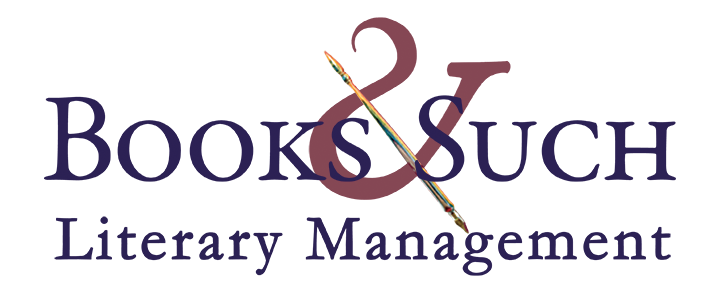Blogger: Wendy Lawton
Location: Central California Office of Books and Such
Here’s where the fun of writing a nonfiction book starts. When you have your idea and your material, it’s time to build your book. I want to challenge you to do some test runs before you decide on the format of your book.
Don’t just take the path you’ve always taken in delivering your message. It’s time to experiment.
Schedule a whole morning at your large bookstore or your library. Bring a sack lunch or plan to lunch out so you have plenty of time.
Pretend that you are an alien of some kind—that you’ve never seen a nonfiction book before. Your assignment is to find as many different kinds of books as you can, taking notes on each kind.
Your notes may look something like this:
- Guide books offering wide range of information on one topic—“comprehensive” and “essential” are often-used words to describe. “Idiot’s Guide” and “for Dummies” often appear in titles for these kinds of books on various topics. Format is ADHD-friendly with lots of pull-outs, quotes, sidebars, icons, etc.
- Memoir— Divided only by chapters. Language is literary. Each one had a different feel—a different voice. The telling is transparent and gutsy. While it seems to be the author’s story it is really about bigger ideas and themes.
- Magazine-type format for a trade book. Color layout with all magazine elements: sidebars, pull quotes, features, etc.
- Devotional— daily format. Some are for a full year, some for three moths, etc. Format often (but not always) has a quote, a Bible passage, a prayer and a meditative paragraph.
That’s how your list would begin. I cannot even imagine how many different “type” nonfiction books you could find. Think of these as models. Study how they are put together. Consider which model fits which material best.
Once you’ve finished your research it’s time to start having fun. Think about how much you enjoy trying on new clothes and considering the “repackaging” of yourself. Now is the time to apply that model to your material.
Pick several formats and see how your content works in that format. Writing a nonfiction book is more than just putting words on a piece of paper, it’s designing an engaging interface for your material. It’s building a book.
Think out of the box.
Have fun.

Hi Wendy,
I really enjoyed this blog especially the comment about writing a memoir. You said that telling the story is transparent and gutsy. This is so true, but you also said that the author’s story is about bigger ideas and themes. Based on my limited experience, this is very accurate. It is what I consider to be the most important reason for writng a memoir in the first place. At least it was in my instance. It was more about the big picture than me.
I don’t know that I could tell all of my secrets to do a memoir! LOL. But I do have a white straw purse of my deceased mother’s that is full of newspaper clippings of an event that shattered both her and me.
I live in the magazine section of the bookstore, but have stacks of nonfiction books, too (and still review them.) My specialty in reviewing has always been diet/fitness/health. But to find a new way to package that? And besides being a former P.E. teacher, I don’t know that I have any platform there.
I still have this thing about a purse book, but I see nothing out there on what I imagine, and I haven’t ever built up a following/platform with purses. But who wants to show what’s in her purse? Maybe nib-nose into famous women’s purses? LOL.
Probably nonfiction is not for me. I think too far outside the box. But this was a fun exercise. (I took it virtually since we have too much snow today.)
Do graphics scare away publishers? Do they worry the book will be too expensive to produce? Where’s the line?
Crystal, that white straw purse is an iconic thing– I could see you building a suspense novel around something like that if you didn’t want to write memoir.
And, about platform, memoir is totally dependent on the voice, the writing and the importance of the subject, not the platform.
Wendy
Bill, As to graphics, it depends. Are you talking black and white line drawings or are you talking five-color printing on cotton stock with a glossy finish?
If you are talking maps or black and white interior art– it’s always a possibility.
With printing costs ever escalating and publishers more afraid to take a risk they are not going to get excited about expensive books unless it is by Madonna. They need some kind of sure thing to offset the risk.
If you go to B&N or Borders and look on the sale tables at the front, you’ll find them full of expensive books now selling for a fraction of their original cost. What does that say about the viability of coffee table books these days?